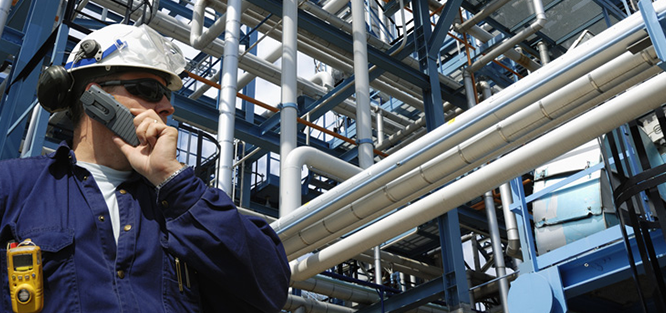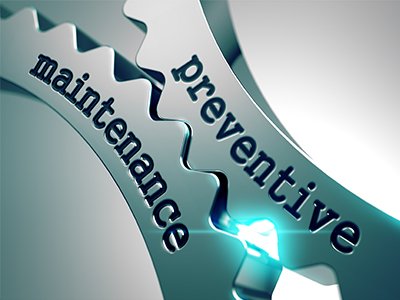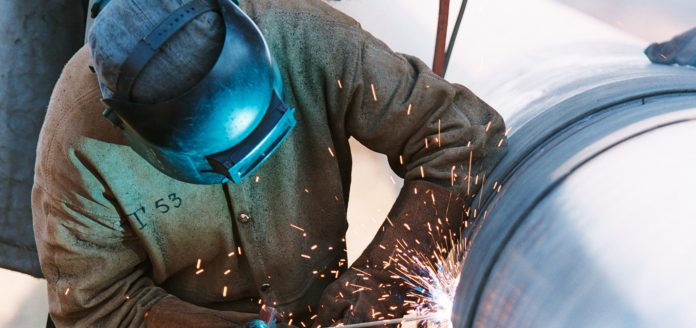Make Your Business Run More Smoothly-Maintenance Management
Maintenance refers to upkeep and protection of plant, building, machinery and various other fixed assets. It is one of the functions of production and operations management which is concerned with keeping the physical plant perfect or in a best operating condition. Maintenance management refers to the overseeing maintenance resources in order to reduce the wastage of money on insufficient maintenance methods, so that the firms do not experience downtime from broken machinery or equipment.

Modern maintenance management concentrates not only to repair the broken equipment but to keep the machinery and equipment works at high capacity and at lowest possible cost in order to produce quality products. Industrialization and internationalization brought many changes in the production procedures and production equipment. Due to the impact of technological development productive quality and productivity has transferred from man to machine. Hence the organizations are giving more importance to the maintenance management tools and techniques.
Types of Maintenance
Breakdown maintenance
Breakdown maintenance is also called as unplanned maintenance or operate to failure maintenance or fire fighting maintenance. It is performed to make the equipment back to its acceptable condition. This type of maintenance is done after the equipment fails to perform. In this type, no preventive maintenance measures are taken to stop the equipment break down because breakdown maintenance cost is lower than preventive or periodic maintenance. It is a cost-effective strategy for equipment with non-repairable parts.
Preventive maintenance

The main purpose of preventive maintenance is to prevent the equipment failure through equipment maintenance work carried at regular intervals or predetermined intervals. Preventive maintenance is used to avoid break down costs and for the smooth running of the equipment, by using this method energy can be saved and equipment’s service life can be prolonged. It is further divided into periodic maintenance and predictive maintenance.
Periodic maintenance involves inspecting, servicing and replacing parts to prevent equipment failures.
Predictive maintenance involves service life of equipment’s parts are predicted based on inspecting, measuring and analyzing data.
Maintenance costs
Direct maintenance costs
Direct maintenance costs are the costs incurred in performing maintenance work such as material costs, spare parts costs, modification costs, administration costs and labor costs.
Indirect costs
Loss of revenue occurs due to the equipment failure and production interruption.
Maintenance functions
- Maintenance of the equipment
- Inspection and service
- Maintenance and store keeping
- Craft administration
- Equipment installations
Maintenance objectives
- Cost reduction
- To keep the quality very high
- To keep the downtime (for critical equipment) as low as possible
- For smooth running of the equipment and for energy savings
- To minimize the workplace accidents and hazards
- To maximize the production
- To minimize the repair time
- To maximize the working condition of the productive assets
Control of maintenance
Maintenance is controlled and managed by an authorized official who is engaged in various functions such as preparation of maintenance budgets, maintaining equipment and spare parts records, issuing materials to a proper authorization and maintaining various maintenance schedules for various equipment, etc.




